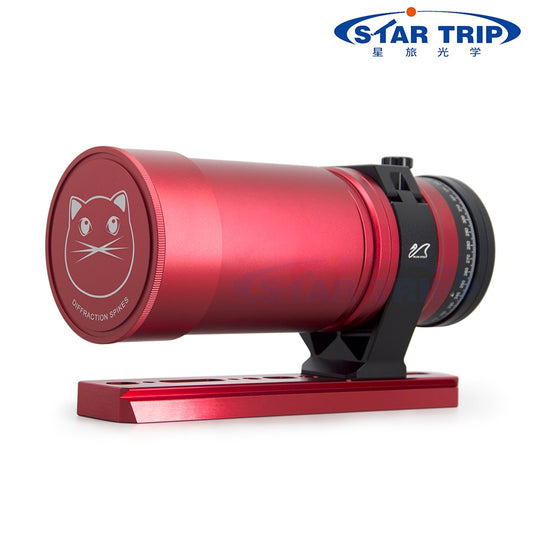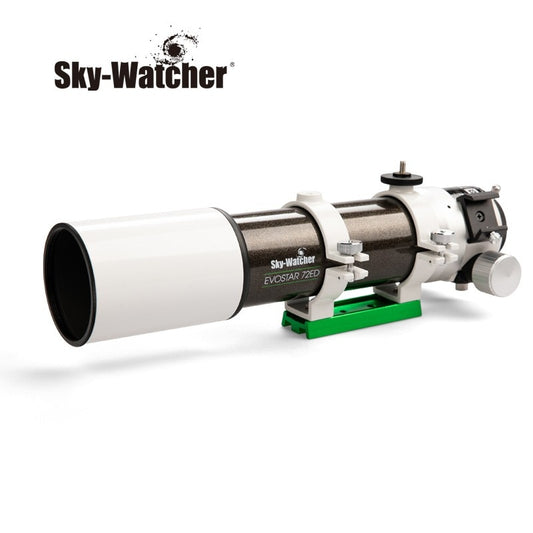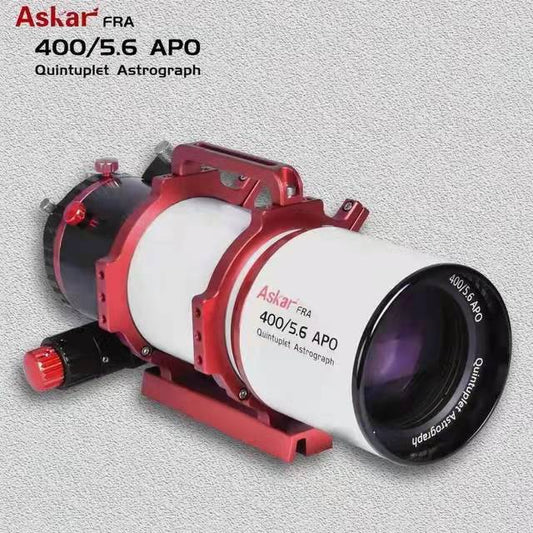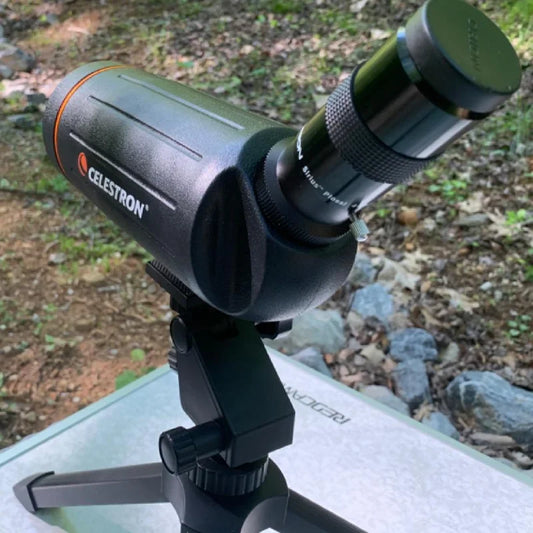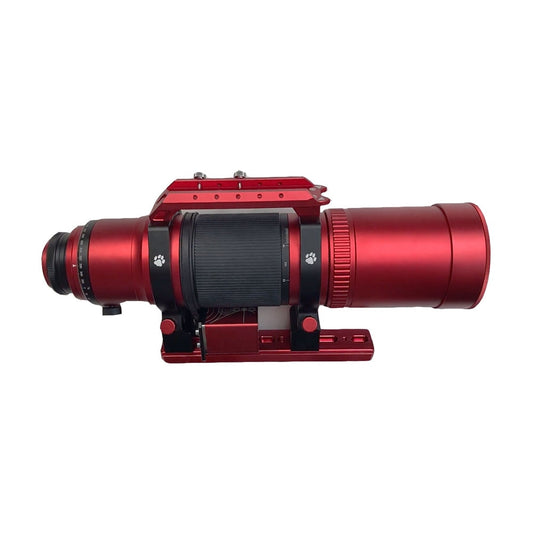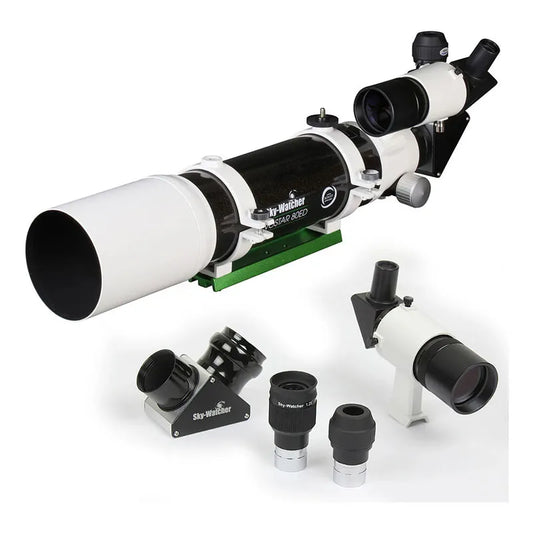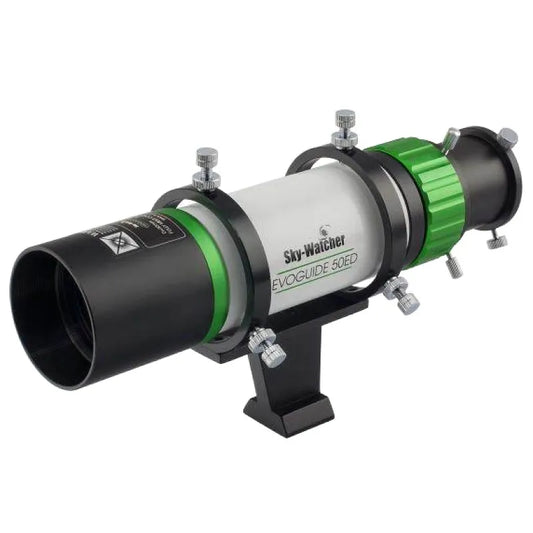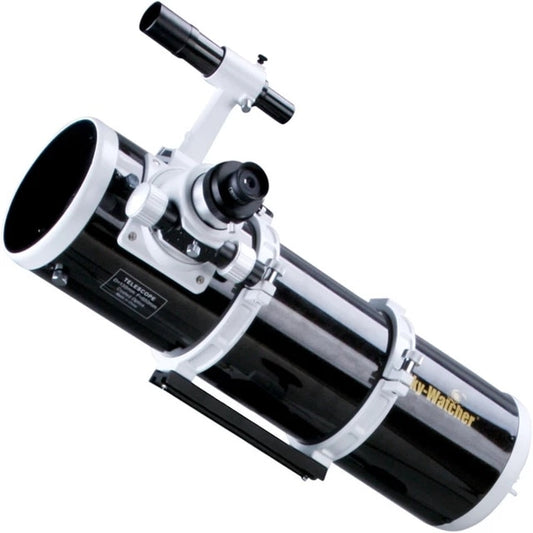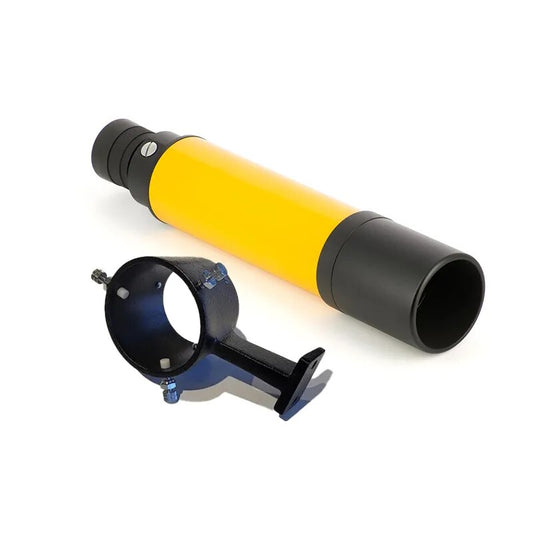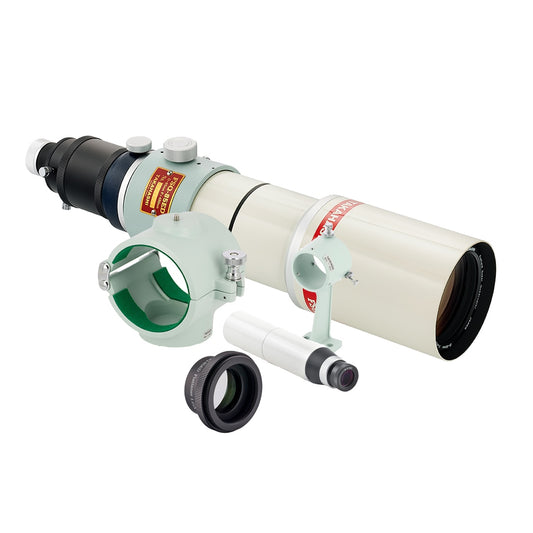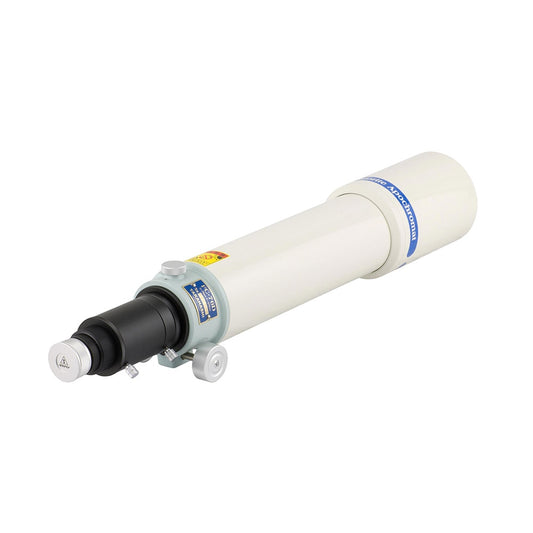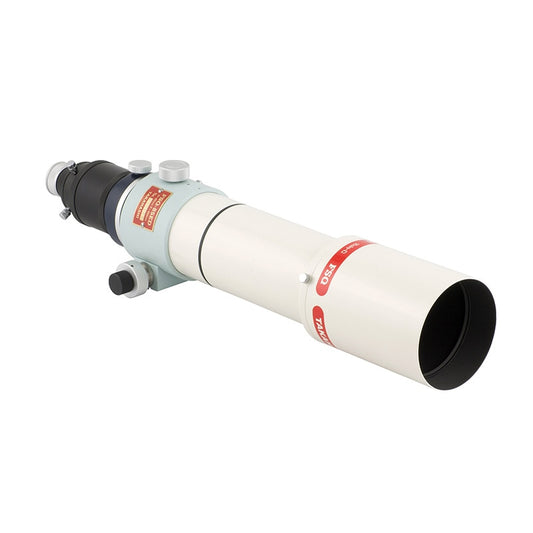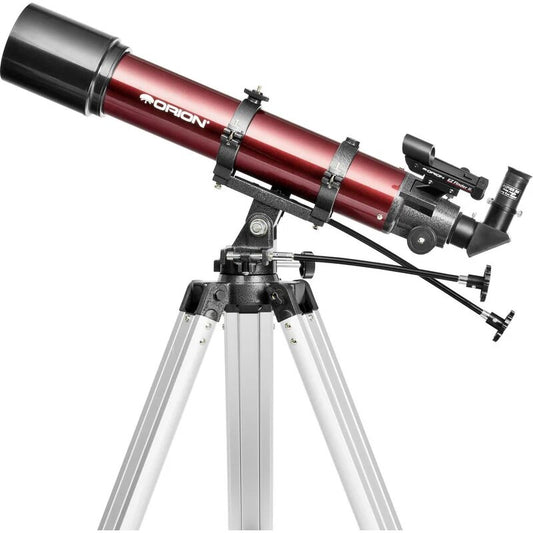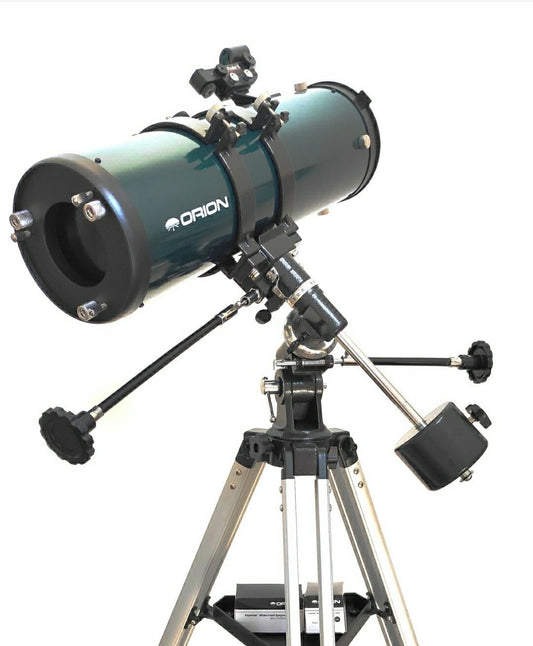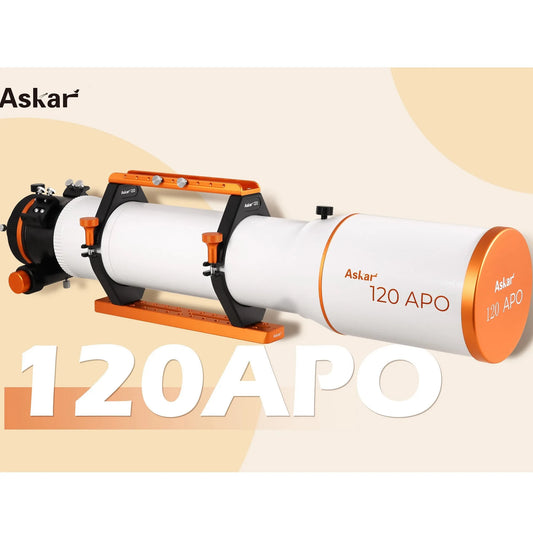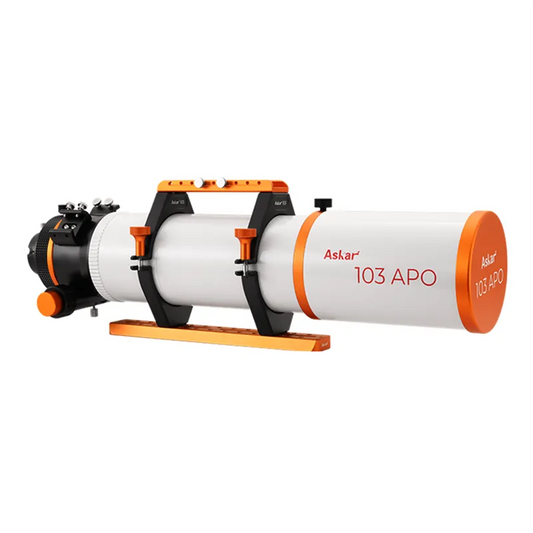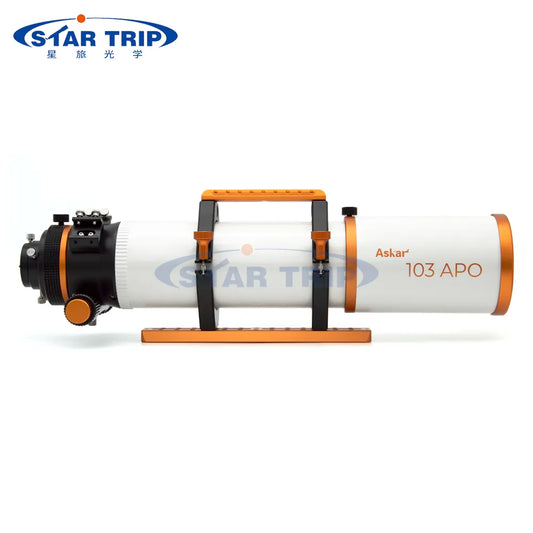How to Use Alt Azimuth Telescope Mount
Exploring the night sky with a telescope opens up a world of celestial wonders. To fully enjoy this experience, understanding how to use an Alt-Azimuth Telescope Mount is essential. In this guide, we'll walk you through the steps and techniques to make the most of your Alt-Azimuth mount for stargazing and astrophotography.
How to Use Alt-AZ Telescope Mount?
Using an Alt-AZ (altitude-azimuth) telescope mount involves adjusting the telescope's orientation along two axes: altitude (up and down) and azimuth (left and right). This type of mount is generally simpler to operate than equatorial mounts and is commonly used for casual stargazing and terrestrial observation. Here's a step-by-step guide on how to use an Alt-AZ telescope mount:
Initial Setup
- Assembly: If your telescope mount requires assembly, follow the manufacturer's instructions to set it up correctly. This might involve attaching the tripod, mounting the telescope tube, and securing any accessories.
- Leveling: Place the tripod on a stable and level surface. Use a bubble level if available to ensure that the mount is horizontally leveled. This step is important to make the altitude and azimuth movements accurate.
- Alignment: Some Alt-AZ mounts require a rough alignment to the North or South Celestial Pole. You can use a compass or a smartphone app with a built-in compass to help you find the general direction.
Using the Alt-AZ Telescope Mount
Attaching the Telescope
Securely attach your telescope or spotting scope to the mount's mounting plate. Make sure the mounting screws are tightened properly to prevent any wobbling.
Balancing
Balancing your telescope is crucial to ensure smooth movement and prevent strain on the mount's motors. Adjust the telescope's position on the mount until it remains stationary at any angle you set without tipping over or sinking.
Altitude Adjustment (Up and Down)
The altitude axis controls the telescope's up-and-down movement. To adjust altitude:
- Loosen the altitude lock knobs.
- Gently lift or lower the telescope to the desired altitude.
- Tighten the altitude lock knobs to secure the telescope in position.
Azimuth Adjustment (Left and Right)
The azimuth axis controls the telescope's left-and-right movement. To adjust azimuth:
- Loosen the azimuth lock knobs.
- Rotate the telescope horizontally to the desired position.
- Tighten the azimuth lock knobs to lock the telescope in place.
Finding Objects
Use the altitude and azimuth controls to point the telescope toward the desired object in the sky or on the ground.
Start with lower magnifications to make it easier to locate objects. Once you've centered an object in the eyepiece, you can switch to higher magnifications for more detail.
Tracking Objects
If your Alt-AZ mount has motorized tracking capabilities, you can use them to keep objects centered in the eyepiece as the Earth's rotation causes them to move out of view.
Observing
Once you have a celestial or terrestrial object in your telescope's field of view, take your time to observe and enjoy the details.
Remember, Alt-AZ mounts do not automatically compensate for the Earth's rotation as equatorial mounts do. This means that objects will drift out of view more quickly. For celestial observation, this may limit the amount of time you can spend observing a single object before needing to readjust.
Understanding the Alt-Azimuth Mount
Before delving into usage, let's grasp the basics of an Alt-Azimuth mount:
- Altitude Axis: This controls the up-and-down movement of the telescope.
- Azimuth Axis: It manages the side-to-side motion.
Setting Up Your Telescope
Begin with a proper telescope setup:
- Stable Base: Place your telescope on a level and stable surface.
- Balancing: Ensure the telescope is balanced to avoid strain on the mount.
Aligning with the Horizon
Calibrate the Alt-Azimuth mount:
- Leveling: Use a bubble level to ensure the base is level.
- Compass Orientation: Align the mount's azimuth axis with north.
Navigating the Sky
Master the movement controls:
- Altitude Adjustment: Use the altitude control to move the telescope up and down.
- Azimuth Adjustment: Control the telescope's left-right motion.
Finding Celestial Objects
Locate stars, planets, and more:
- Star Hopping: Identify bright stars to navigate to your target.
- Sky Maps: Use star maps or astronomy apps to guide your search.
Tracking Celestial Objects
Keep objects in view:
- Alt-Azimuth Limitations: Objects move out of view quickly due to Earth's rotation.
- Manual Tracking: Gradually adjust both axes to follow objects.
Observing the Moon and Planets
Enjoy detailed views:
- High Magnification: Increase magnification for lunar and planetary observation.
- Steady Viewing: Wait for moments of steady atmospheric conditions.
Astrophotography with Alt-Azimuth Mount
Capture the cosmos:
- Planetary Imaging: Use short exposures for planets due to Earth's rotation.
- Lunar Photography: Capture the Moon's craters and features in detail.
Challenges of Alt-Azimuth Mounts
Be aware of limitations:
- Field Rotation: Long-exposure astrophotography can result in field rotation.
- Deep-Sky Imaging: Limited exposure time for deep-sky objects.
Maintenance and Storage
Ensure your mount's longevity:
- Weather Protection: Cover your mount when not in use to prevent damage.
- Regular Cleaning: Keep the mount clean from dust and debris.
Witnessing Celestial Events
Stay tuned for celestial phenomena:
- Meteor Showers: Use your mount to scan the sky during meteor showers for stunning displays.
- Eclipses: Observe lunar and solar eclipses with your telescope for a rare spectacle.
Seasonal Changes
Embrace the evolving night sky:
- Changing Constellations: Notice how constellations shift throughout the year.
- Milky Way Views: Capture the Milky Way's arch across the sky during its peak visibility.
Star Parties and Outreach
Share your passion with others:
- Public Observing: Host star parties to introduce astronomy to friends and family.
- School Programs: Collaborate with schools to foster an interest in science among students.
Nighttime Photography
Expand your skills beyond astronomy:
- Landscape Astrophotography: Combine the night sky with terrestrial elements.
- Star Trails: Create mesmerizing images of stars streaking across the sky.
Alt-AZ Telescope Mount
Here's the specification table for an Alt-Azimuth Telescope Mount:
| Parameter | Value |
|---|---|
| Mount Type | Alt-Azimuth |
| Movement Axes | Altitude and Azimuth |
| Tracking | Manual tracking |
| Compatibility | Suitable for telescopes and cameras |
| Weight Capacity | Varies, typically up to 20-30 lbs |
| Portability | Compact and easy to transport |
| Alignment Method | Horizon and compass alignment |
| Suitable for | Visual observation and basic astrophotography |
The most intriguing aspect of an Alt-Azimuth Telescope Mount lies in its accessibility and ease of use. Unlike equatorial mounts that require precise polar alignment, the Alt-Azimuth mount offers a more intuitive way to navigate the night sky. Its simple movement along vertical (altitude) and horizontal (azimuth) axes mirrors the natural way we perceive the sky. This familiarity makes it an excellent choice for beginners and casual stargazers.
Moreover, the Alt-Azimuth mount offers the freedom to explore a wide range of celestial objects without the complexity of motorized tracking. While it may lack the automated precision of equatorial mounts, it encourages a deeper engagement with the night sky as users manually follow the motion of stars and planets.
The Cosmic Connection
The most enchanting aspect of using an Alt-Azimuth Telescope Mount is the connection it fosters between you and the universe. As you scan the sky and uncover its treasures, you become a participant in a cosmic dance that has been unfolding for billions of years. Every twinkle of a star, every glimmer of a planet, and every wisp of a nebula holds a story that transcends time and space. This connection reminds us of our place in the grand tapestry of existence, sparking wonder and contemplation.
Inspiring Curiosity
Perhaps the most fascinating aspect of your journey with the Alt-Azimuth Telescope Mount is the curiosity it ignites. Each observation session, each discovery, and each captured image fuels a hunger to know more about the cosmos. It encourages you to ask questions, seek answers, and contribute to our collective understanding of the universe.
Conclusion
The Alt-Azimuth Telescope Mount is a user-friendly option for exploring the cosmos. Whether you're a beginner or an experienced astronomer, mastering its movement controls and aligning techniques will enhance your stargazing adventures. Remember that practice makes perfect, and each observation session is an opportunity to deepen your understanding of the universe. So, set up your telescope, align your mount, and embark on a journey through the stars using the versatile Alt-Azimuth mount.
Telescope Topics:
- Who Invented The Telescope?
- Why are Telescopes Important?
- When was The Telescope Invented?
- Why are Refractor Telescopes Popular?
- Best Deep Sky Objects by Month
- Best Telescope for Viewing Planets and Galaxies
- Best Telescope to See Planets and Galaxies
- Best Telescope Eyepiece for Viewing Planets
- Reflector Vs Refractor Telescope
- William Optics Redcat 51
- Takahashi Telescopes
- Brightest Objects in the Night Sky
- What Does a Focal Reducer Do on a Telescope
- Types of Telescopes
- Telescope Mounts Explained
- What is a Catadioptric Telescope
- Telescope Aperture
- How Does a Telescope Work
- Are There Telescopes for Smartphone Camera
- How Much Does a Telescope Cost
- Best Telescopes Under $1000
- What Makes a Good Telescope
- What Does a Focal Reducer Do
- Stellarium
- Bahtinov Mask
- Qhyccd Polemaster Review


